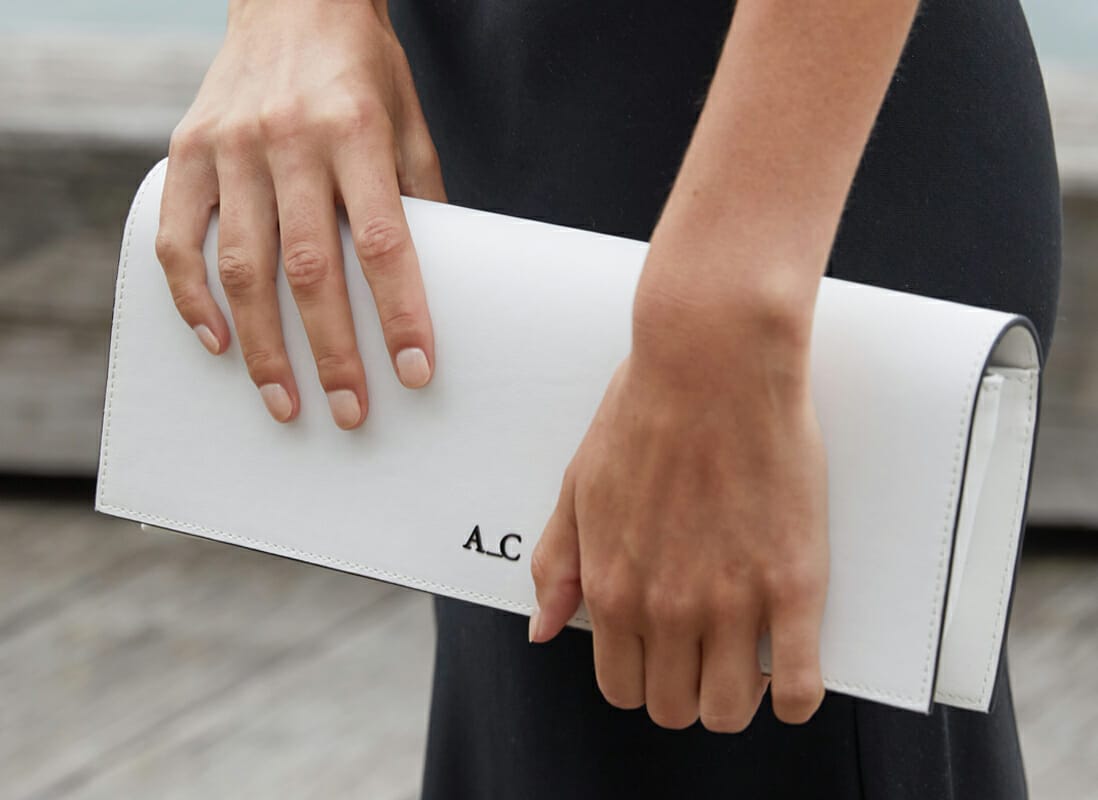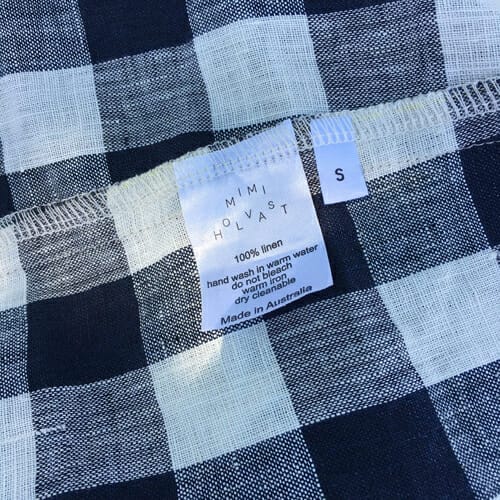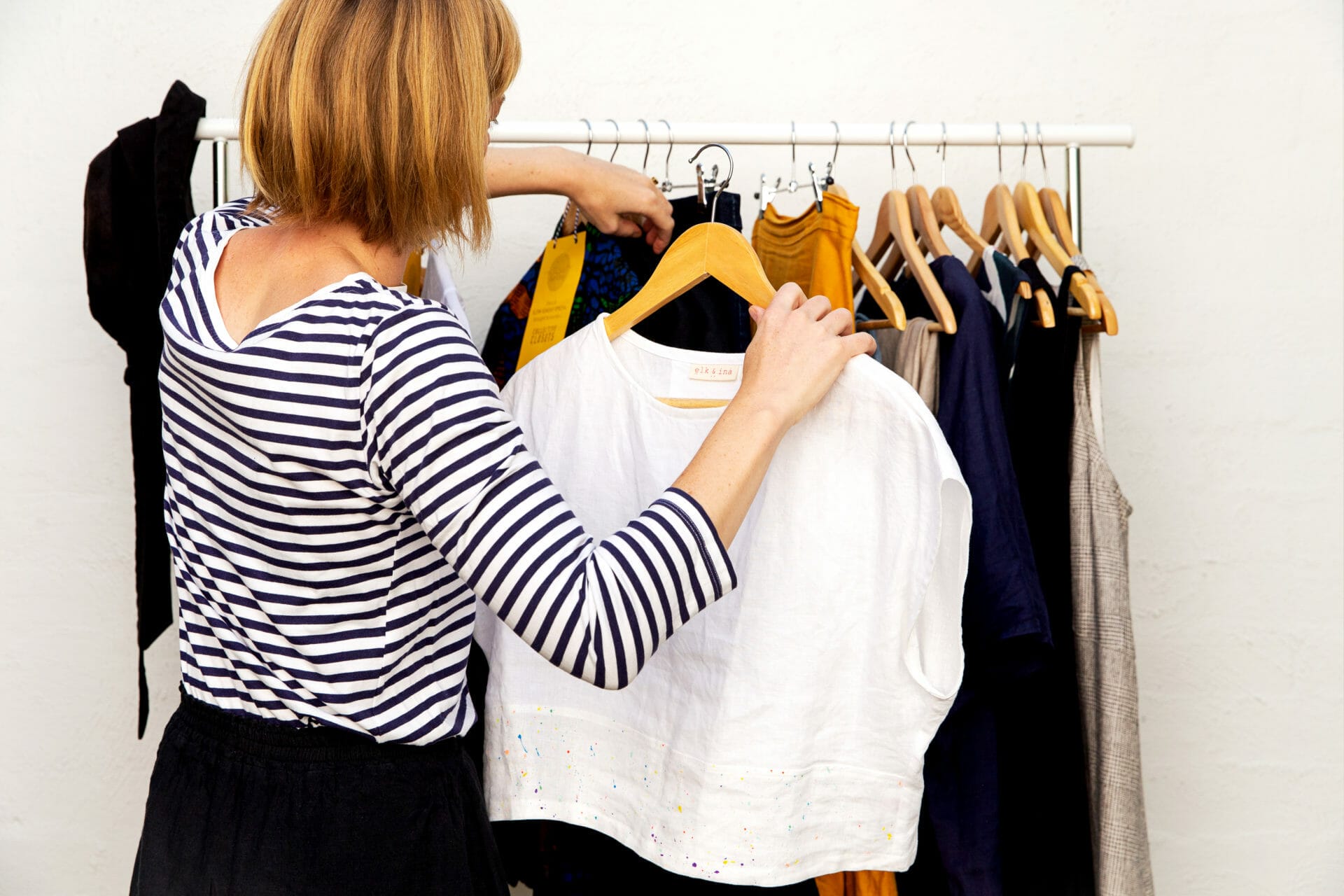A little Q&A with Tessa, the Founder and Creative Director of A_C
I met Tessa at our last clothes swap and not only admired her A_C washable paper bag but also her passion to drive change in the fashion industry. Since then I have watched with interest as A_C develops and introduces new sustainable materials in to its collections. I look forward to seeing what comes next for Tessa and A_C.
Can you tell us about how A_C began? Were you always interested in fashion? And sustainability?
Growing up, my parents always instilled a love for the outdoors whether it was orienteering in the Yarra Valley or swimming in the Indian Ocean. We were brought up to turn off the taps when brushing our teeth and making sure lights weren’t left on unnecessarily. Through this upbringing, coupled with their careful use of paper and glass over plastic and elaborate garden composts, we were schooled on our usage and impact on the planet. Despite being sustainably minded, I knew my whole life that I wanted to work in design, and the fashion industry specifically.
The A_C Official journey began after I learnt of the environmental impact of meat. I had stopped consuming animal products in an effort to reduce my carbon footprint and was faced with the only option of buying Polyutherane or ‘P.U.’ (AKA Pleather). This seemed nonsensical to me. Why would I stop buying leather to start buying plastic? I knew there had to be a solution so I set out to find one.
Where do you look to for inspiration when creating a new collection?
First and foremost, I am inspired by Function. Initially, as a market test, we thought we would produce a range of small clutch bags but pretty early on I recognised that a Clutch bag could not carry even half the things someone like me needed – a Keepcup, Cloth Bag and Waterbottle. So I set out to produce functional bags that were aesthetically driven by fashion.
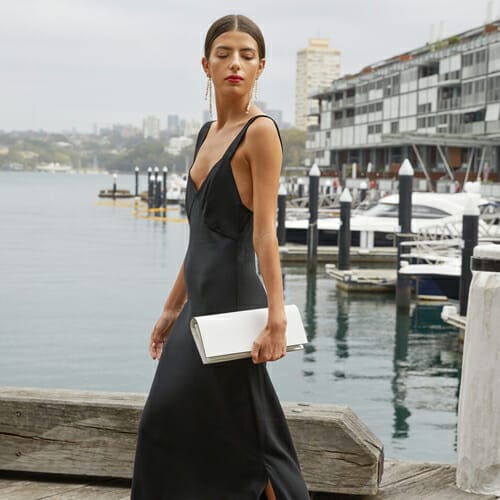
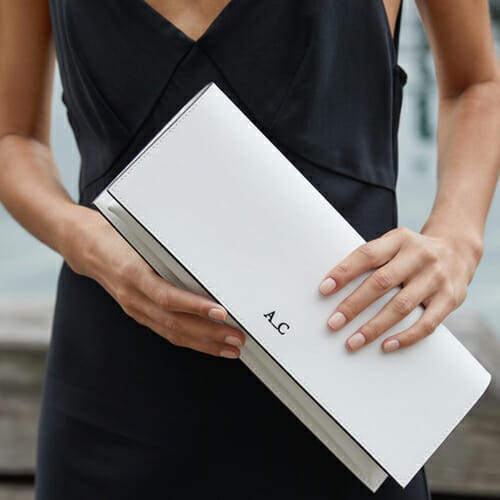
Why would I stop buying leather to start buying plastic? I knew there had to be a solution so I set out to find one.
Tessa Carroll, founder of A_C
The materials you use sound amazing – pineapple leather, cactus leather, washable paper – are you influenced by the materials you work with when designing?
The properties of all materials must inspire the end product. How something holds structure and form is imperative to consider when developing three dimensional Carrygoods. So too must the end-of-life of a product be considered. These are just two of my design principles!
And I would love to know how you discover these innovative materials?
Initially, it was nearly impossible to find suitable replacements. Technology really hadn’t caught up to our ideals but we persevered, writing business plans, gathering capital and completing rough designs until finally a design incubator out of the UK launched with Piñatex (a leather made from Pineapple leaves!). Being a start-up it was hard to get anyone to take us seriously so we got on a plane and sat on their doorstep until they gave us sampling and a contract.
What are the limitations of working with these new materials and how have you overcome these?
Initially we tested our bag makers with materials made from all sorts of plant-based textiles such as Bananas and even Mushrooms. Our Head of Production thought we were utterly crazy but with his experience as a leather worker we were able to rely on his skills to make working with the Pineapple Leather possible. Since then, the innovative textiles have come a long way. Now, the main issues we face are finding strong PETA Approved Glues and working out how best to imprint our logos on them.
Can you tell us where your products are manufactured and who makes your products?
We are so lucky to work with our factory. They are based in China and co-owned with a British entrepreneur who was fed up with being unable to find a value aligned factory so set out to start his own. He and his team employ artisans who have spent the better part of their lives working with Leather but are intent on finishing their career ‘righting their wrongs’ (their words, not ours!). The team are not only some of the best Handbag makers we’ve ever worked with but our friends.
You mention your design principles are based on a circular economy, what are some of the measures A_C take to work towards this?
The End-of-Life of a product is just as important as their beginnings. We recognise that the best way to avoid causing damage to the planet is to not make anything at all but we push on to prove luxury and sustainable products can co-exist. In addition to this, we are big believers in repairing your items, not replacing them. To support this we partner with local cobblers to return your bag to its best possible condition. We also recognise that over time your style and needs change, to aid this transition we offer Recycling Incentives to customers, providing 30% off their next purchase if they return used A_C products to us. Lastly, we are opening a Pre-Loved market place this year because to us, second hand doesnt mean second best.
We are not perfect and we don’t claim to be. We’re on this journey just like everyone else and we plan to evolve further as global solutions are developed.
What are your tips on building a sustainable wardrobe, are there any strategies in particular that you follow?
Start with basics. Finding timeless, classic styles that will not date is crucial to a long-lasting wardrobe. Buy well made clothes that are durable and made with care and lastly do your best to ensure the supply-chain of the product you’re purchasing is a considered one.
Would you like to learn more about Tessa and A_C:
